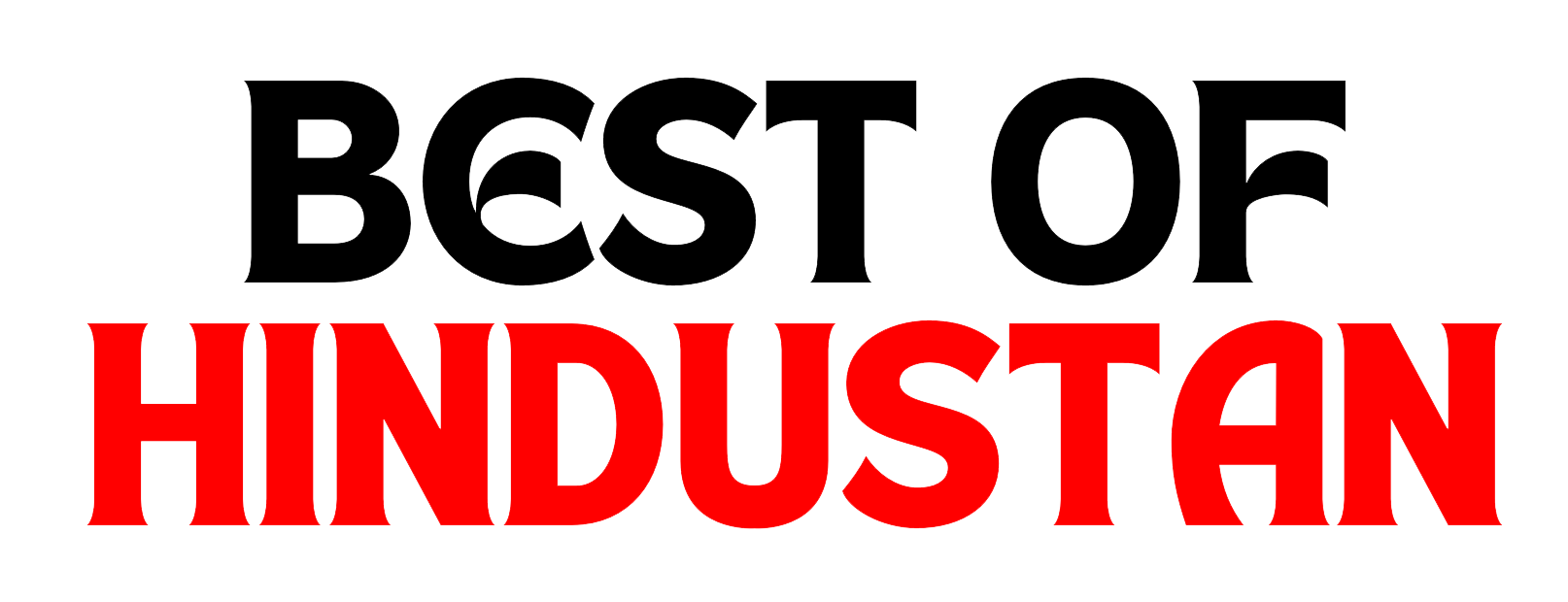Culture in Everyday Life
Culture is not just about monuments or ancient customs it lives in our language, food, clothes, and celebrations. It shapes how we interact, what we believe, and how we see ourselves within a community. It’s the daily rhythm of life passed down through generations.
Art as Emotional and Social Dialogue
Art speaks where words fail. It gives people the power to express emotions, document history, and create change. From tribal patterns to street art, from folk songs to short films art constantly evolves to reflect the times and provoke thought.
The Strength of Traditional Knowledge
Across the world, traditional arts from indigenous dance to ancient textile making hold stories, skills, and spiritual depth. These practices are more than crafts they’re living legacies that offer insight into a community’s wisdom, environment, and values.
Art as Resistance and Hope
Many artists use their work to address social challenges. Through their creative lens, they shed light on injustice, promote awareness, and encourage dialogue. Be it a powerful poem or a symbolic sculpture, art has always been a tool for change.
Digital Culture and Modern Influence
Modern technology has transformed how we engage with art. Virtual galleries, online concerts, and global collaborations are breaking physical boundaries. Yet, this rapid exposure also brings risks like cultural dilution, copying, and loss of context.
Protecting Culture Through Collective Action
Preserving art and culture is a shared responsibility. From local communities reviving folk traditions to institutions funding heritage education, everyone plays a part. When the youth engage in learning their roots, they become the future bearers of culture.
Conclusion: A Shared Responsibility for a Richer World
Art and culture remind us of who we are and who we can become. They build bridges across time, geography, and identity. Protecting them means investing in the soul of humanity and passing that richness to future generations.



